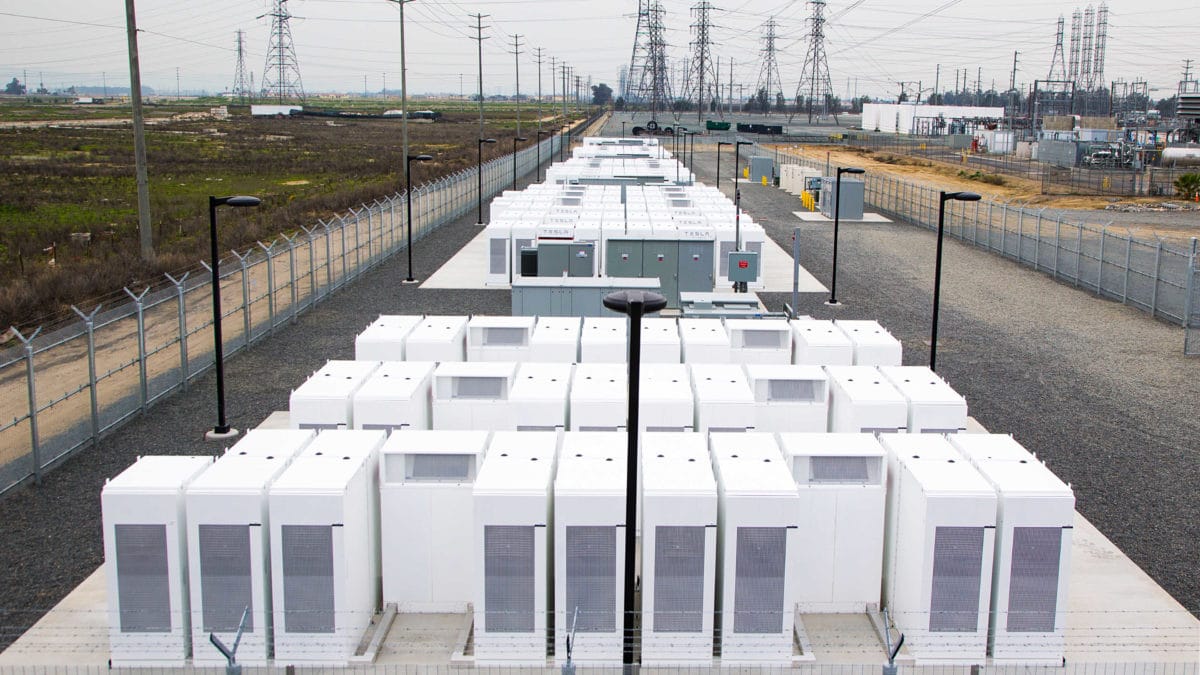There is never a dull moment in the lithium ion battery business. When not dealing with cobalt supply issues including hoarding, battery makers are faced with trying to cope with supplying not only exponentially increasing demand, but the fits and starts that come with circumstances at individual companies.
As the latest, a Panasonic executive VP who heads the company’s automotive business has told reporters that the company “would of course consider additional investment” in the Telsa/Panasonic battery gigafactory “if we are requested to do so”, as reported by Reuters.
This would come on top of the $1.6 billion that Panasonic is already putting into the Nevada gigafactory, which plans to not only be the world’s largest factory but its largest building by square footage. However, Panasonic Executive VP Yoshio Ito says that the company has not made any formal decision regarding further funding.
Such an investment may be needed, given the reports of battery cell shortages in the wake of an uptick in Tesla Model 3 production. Ito has reported “occasional battery (cell) shortages”, following the increase in output.
Tesla has confirmed the production increase, stating that it produced more than 5,000 Model 3 vehicles in the last seven days of Q2, and expects to reach 6,000 per week by late July. The Model 3 had previously suffered from production delays, which gave the company a black eye and resulted in a fall in stock price.
“The last 12 months were some of the most difficult in Tesla’s history, and we are incredibly proud of the whole Tesla team for achieving the 5,000 unit Model 3 production rate,” reads Tesla’s statement. “It was not easy, but it was definitely worth it.”
Stationary battery impact?
It is unknown what impact, if any, these supply and investment dynamics will have on Tesla’s stationary lithium-ion battery business. The company’s Q1 energy storage deployments grew 161% quarter-over-quarter to 373 megawatt-hours, but those numbers are tiny compared to what is to come.
Tesla is also bidding for some of the largest battery-storage projects ever built, including a 182 MW battery for PG&E which could be the world’s second largest battery, if the six-hour rating rumors are correct.
Regardless, globally the stationary lithium-ion battery storage business is much smaller than the business of supplying batteries to electric vehicles (EVs). The scaling of battery manufacturing for EVs is driving price declines for stationary batteries, but this could also mean that such batteries are subject to the mood swings of the larger EV market and supply chain.
Tesla has characteristically made no public comments regarding cell shortages at the battery gigafactory, and thus none about any potential impact to its stationary battery business. pv magazine was awaiting a response to our questions at press time, and we will update this article if we receive any reply.
This content is protected by copyright and may not be reused. If you want to cooperate with us and would like to reuse some of our content, please contact: editors@pv-magazine.com.









By submitting this form you agree to pv magazine using your data for the purposes of publishing your comment.
Your personal data will only be disclosed or otherwise transmitted to third parties for the purposes of spam filtering or if this is necessary for technical maintenance of the website. Any other transfer to third parties will not take place unless this is justified on the basis of applicable data protection regulations or if pv magazine is legally obliged to do so.
You may revoke this consent at any time with effect for the future, in which case your personal data will be deleted immediately. Otherwise, your data will be deleted if pv magazine has processed your request or the purpose of data storage is fulfilled.
Further information on data privacy can be found in our Data Protection Policy.